Hummingbird Moths
Common Name |
The term "Hummingbird Moth" is applied to a number of moth varities, such as the Sphinx Moth, Hawk Moth, Hummingbird Clearwing Moth or Common Clearwing, White-lined Sphinx Hummingbird Moth, and Titan Sphinx (Aellopos titan). |
| Scientific Name | The term "Hummingbird Moth" is a general term applied to many medium to large moths in the Sphingidae family and Hemaris genus. |
Length |
2" |
Range |
Wide range, from Texas and Florida to Maine and Alaska. |
Characteristics and Identification There are several types of Hummingbird Moths, including the Snowberry Clearwing Hummingbird Moth, the Tersa Sphinx Hummingbird Moth, and the White-lined Sphinx Hummingbird Moth, and over 100 more in the United States and Canada. It feeds through a proboscis, a long, straw-like tube kept curled under the head when not in use. They can be beneficial through pollination of many species of plants. While most moths are active at night, the Hummingbird Moth is also active during the day. In the caterpillar stage, they are called hornworms. Although they feed on leaves of various plants, most are innocuous, attracting little attention and causing little, if any, injury to garden plants. Tomato and tobacco hornworms, which feed on tomatoes and a few related plants, are an exception, being true garden pests. |
|
Snowberry Clearwing Hummingbird Moth (Hemaris diffinis) |
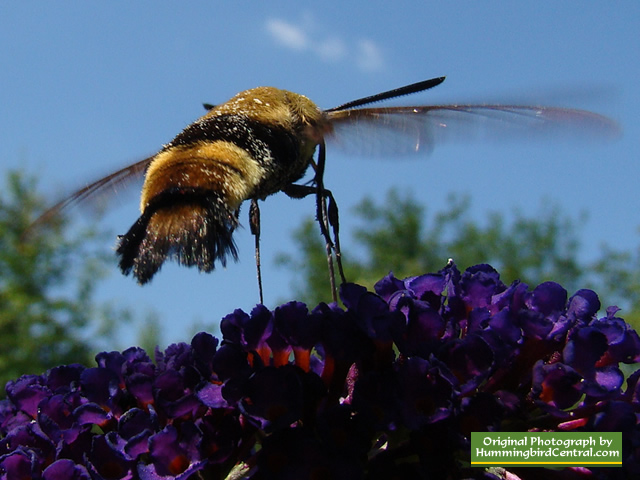 |
Snowberry Clearwing Hummingbird Moth |
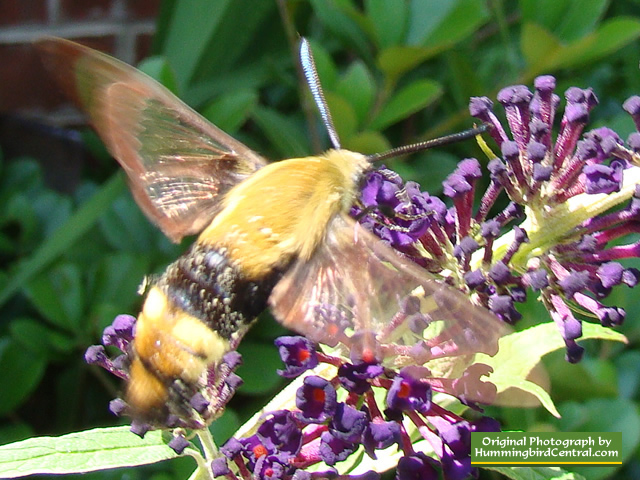 |
Snowberry Clearwing Hummingbird Moth |
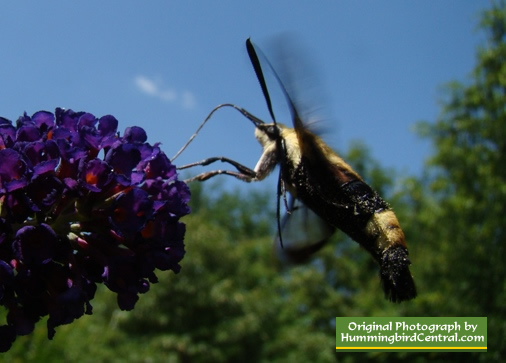 |
Hummingbird Clearwing Moth |
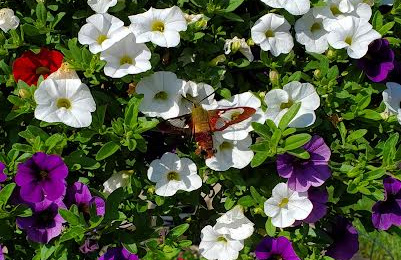 |
White-Lined Sphinx Moth (Hyles lineata) |
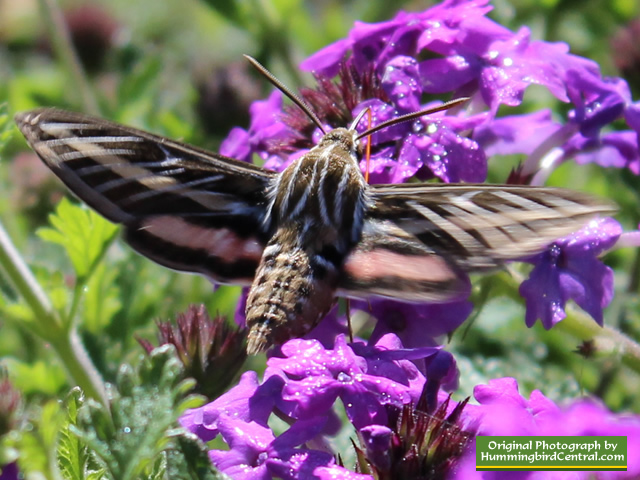 |
Nessus Sphinx (Amphion floridensis) |
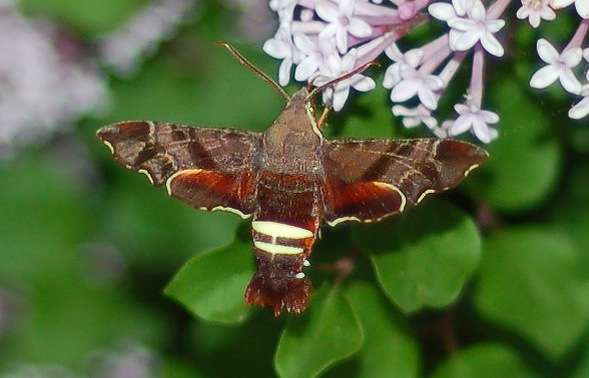 |
